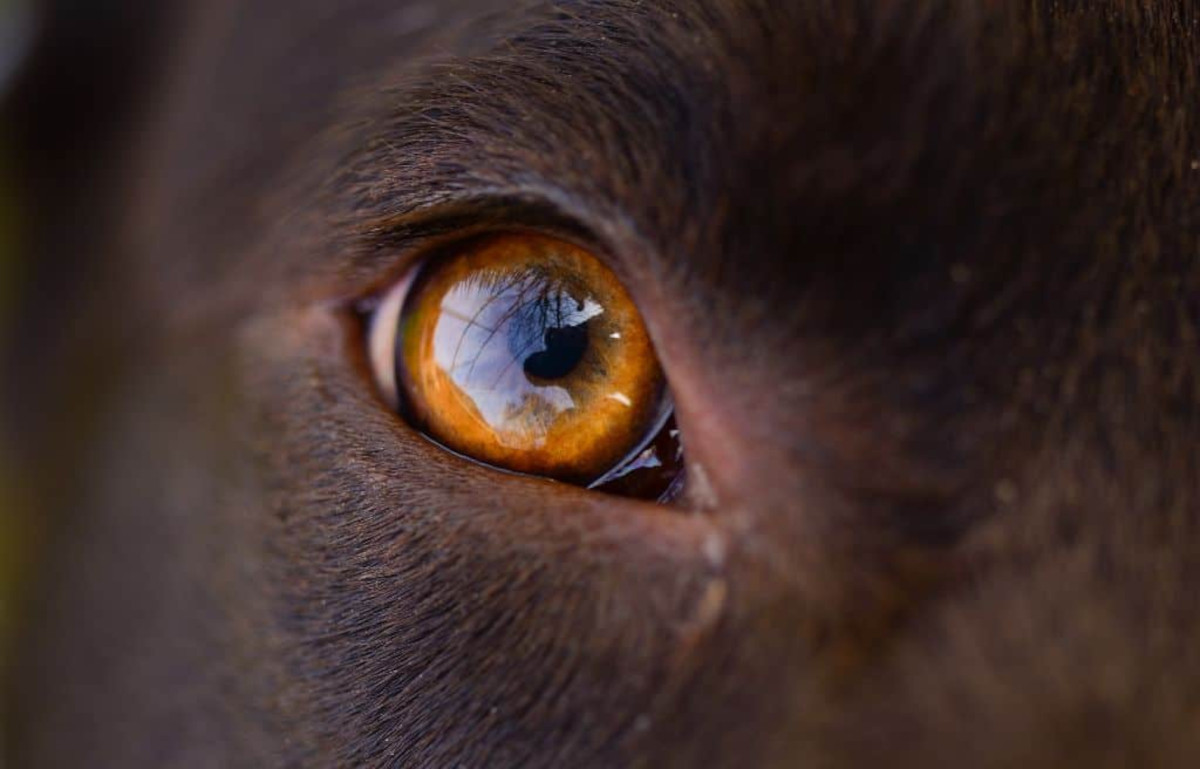
Is your dog eye discharge normal or abnormal? What you need to know
May 28, 2019
When To Euthanise A Dog With Hemangiosarcoma?
June 10, 2019To answere the question “When To Euthanise A Dog With Osteosarcoma?” you must first understand osteosarcoma? It’s the most common bone tumour in dogs that usually affects the legs. The tumour develops deep within the bone and destroys it from the inside out. And it’s extremely painful. The disease is extremely aggressive. And generally, the long-term prognosis is poor.
What is the right time to euthanise a dog with osteosarcoma? The following guide will help you decide…
The Causes
What causes osteosarcoma cancer? Bone cancer appears more often in large to giant breeds of dogs – although knowledge of the disease doesn’t link it to genetics or gender. Rottweilers and Irish Wolfhounds, in particular, are susceptible to the disease.
Uncontrolled cell growth and invasion of cells into structures that deposit bony minerals cause nearly 80% of all bone cancers. And this form of cancer is very aggressive and life-threatening.
The Symptoms
Osteosarcoma symptoms include a history of intermittent lameness that progresses to constant limping. Swelling in the area is another common symptom and a lump or mass may be detected. The bone may be painful, red, and hot to the touch.
A weakening bone may also fracture and movement becomes limited. Tiredness and lack of appetite may accompany these symptoms. Anorexia – when your dog totally refuses to eat leads to dramatic weight loss and needs to be addressed immediately.
The Diagnosis
Initial x-rays will be taken of the affected leg. And will also include radiographs of the pelvis, ribs, jaw, and skull as these are other areas that may be invaded. A biopsy will confirm the suspected diagnosis. Needle biopsies involve the use of a hollow needle to remove a sample of the tumour and will be done under sedation.
Urine analysis and comprehensive blood tests will show whether other organs have been affected. High levels of chemicals in the blood such as lactate dehydrogenase and alkaline phosphatase may suggest that the osteosarcoma is more advanced than first thought.
Chest x-rays will determine if there’s visible tumour spread to the lungs. MRI scans will give a more detailed look at the bone mass which will identify the tumour. And will show the exact extent of the tumour within surrounding soft tissues and close blood vessels and nerves.
The Treatments
Amputation is often recommended to stop the source of pain. And is the best option to improve quality of life. Dogs recover quickly from surgery and cope very well on three legs. This isn’t a viable option for dogs with severe arthritis. And won’t stop the spread of the tumour.
For osteosarcoma of the lower front limb above the wrist joint, an operation can be performed that removes the tumour and replaces it with a custom-made titanium implant. The joint is then fused to allow near-normal mobility. This does come with some risks – complications often arise with infections occurring around the site of the metal implants.
Drugs used alongside palliative radiation are another option. Bisphosphonates help suppress bone-destroying tumour cells – reducing the pain. And also reducing the potential for the bone breaking. These treatments are given intravenously and need monitoring. Pain relief is often within 24 hours and can last for up to a month. Bear in mind that bone pain caused by cancer can never be truly managed by pain medications alone.
Administering palliative therapy in the form of chemotherapy and radiotherapy is also an option. Protocol involves the combination of radiation therapy on three out of four consecutive weeks – with chemotherapy in conjunction with the first and last doses.
You can also administer non-steroid anti-inflammatory drugs. However, these may have side effects that can damage the kidneys and the liver. If amputation isn’t a viable solution there are many drugs that your dog can take to make it more comfortable.
The Facts
How fast does osteosarcoma spread? Osteosarcoma in dogs spreads rapidly through the bloodstream. It’s therefore very important that any treatment plan addresses the secondary spread of cancer as well as the primary tumour itself. The long-term survival rate is approximately 75%. If osteosarcoma has spread to the lungs or other bones at diagnosis, the rate diminishes to just 30%.
Life expectancy can be:
- Without therapy – average survival time is about two months
- With amputation – increase a dog’s lifespan to about six months
- Palliative radiation and chemotherapy – gives a life expectancy of about six months
- Amputation and chemotherapy – around a year with some dogs enjoying a good quality of life for two years
- Limb-conserving surgery – offers the same survival time as amputation and chemotherapy
Home-Visit Vets
Gentle dog euthanasia at home may sadly be your final option. Home-visit vets will answer all of your questions and explain the procedure clearly. When you’re ready your vet will administer a sedative that sends your dog to sleep. Then an anaesthetic agent will cause the heart to slow and stop – and your dog will pass away peacefully. Your vet will help with all aftercare arrangements too.









